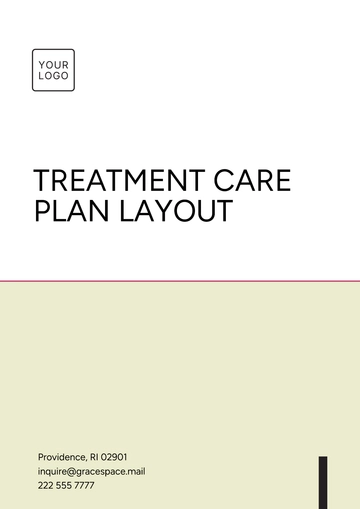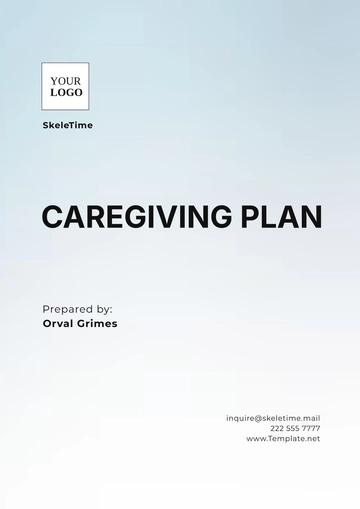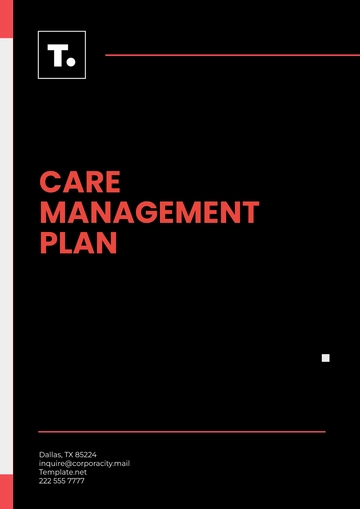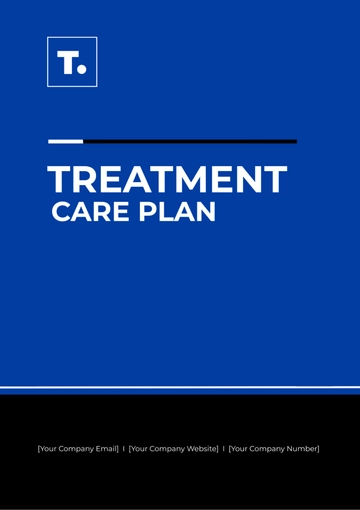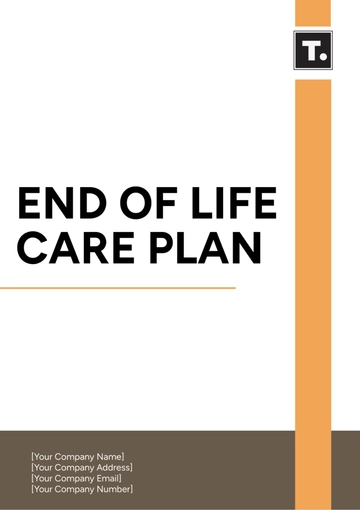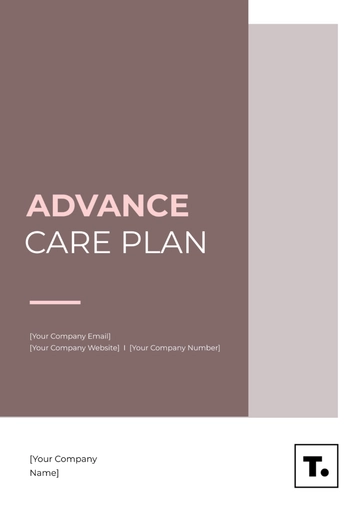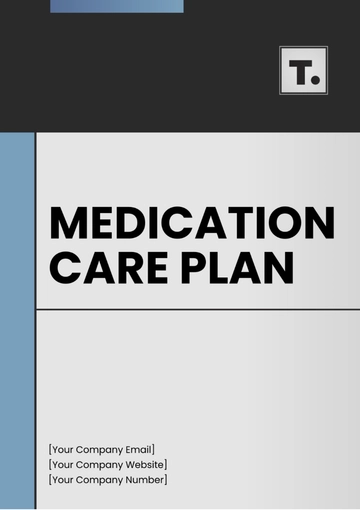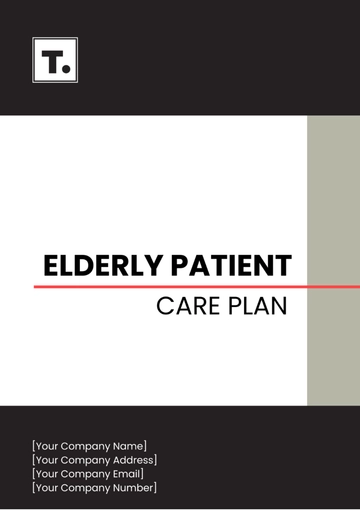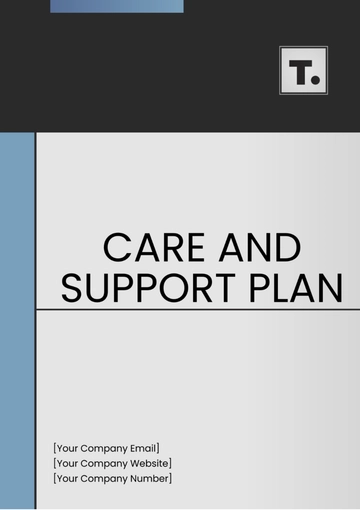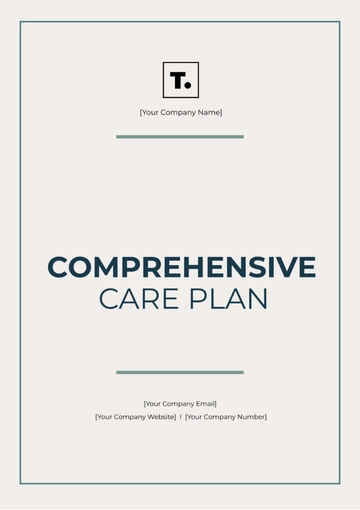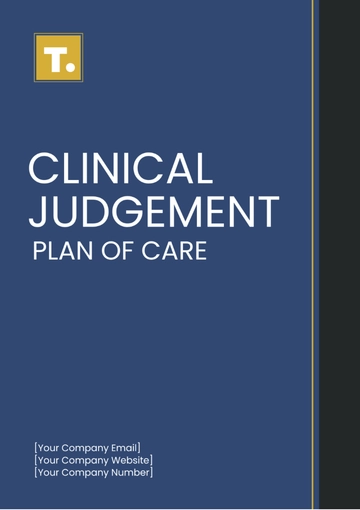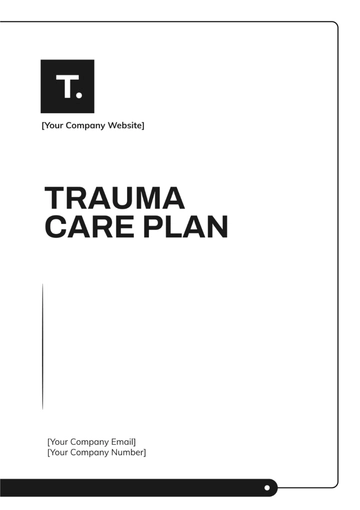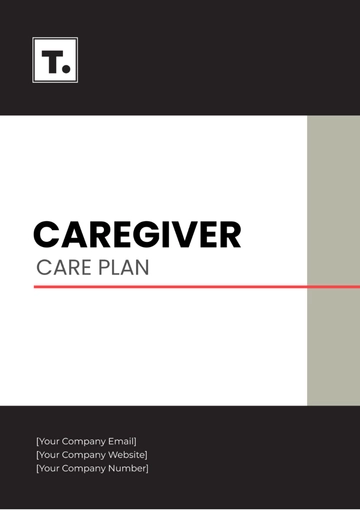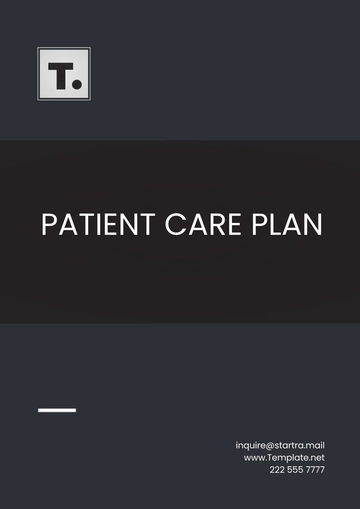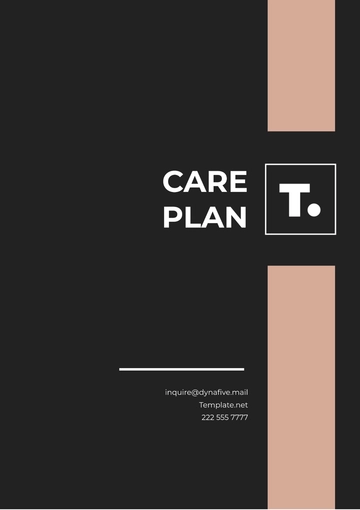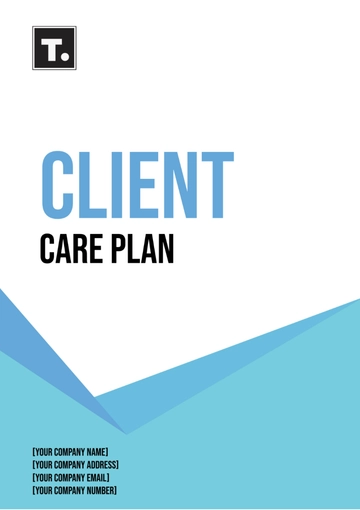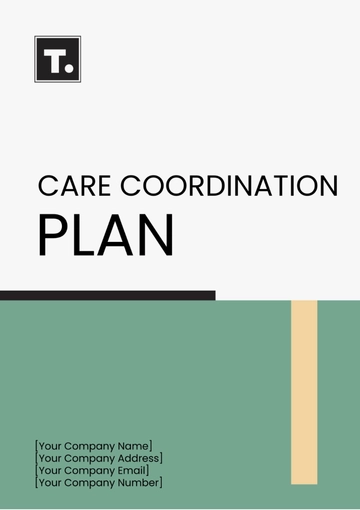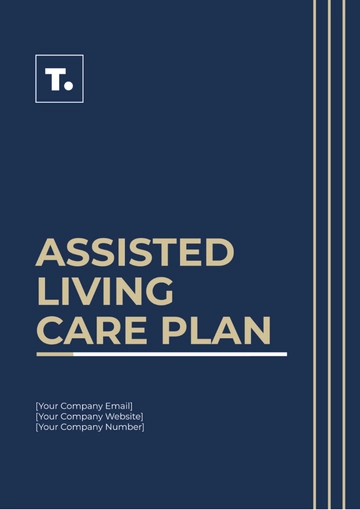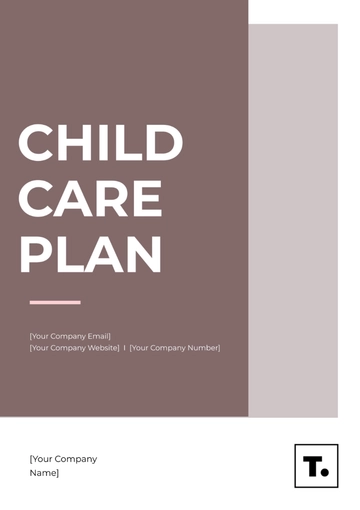Free Autism Care Plan

Written by: [Your Name]
Date: [Date]
I. Introduction
The purpose of this Autism Care Plan is to provide a comprehensive framework for Autism Spectrum Disorder (ASD). This plan outlines the goals, strategies, and support services tailored to meet the unique needs of individuals with autism.
II. Client Information
Name: [Client’s Name]
Date of Birth: [Client Date of Birth]
Age: [Client’s Age]
Contact Information: [Client’s Number]
Address: [Client Address]
III. Goals and Objectives
Long-Term Goal:
To enhance [Client’s Name] independence and social skills, enabling him to thrive in various environments.
Short-Term Objectives:
Objective 1 | Improve [Client’s Name] communication skills by introducing a picture exchange communication system (PECS) within six months. |
Objective 2 | Enhance [Client’s Name] self-regulation abilities through weekly sensory integration therapy sessions for three months. |
Objective 3 | Foster [Client’s Name] peer interactions by facilitating structured social skills groups twice a week for four months. |
IV. Strategies and Interventions
Assessment Findings: [Client’s Name] demonstrates strengths in visual learning but struggles with sensory sensitivities and initiating social interactions.
Intervention Strategies:
Intervention Strategy 1 | Implement a visual schedule to support [Client’s Name] daily routines and transitions. |
Intervention Strategy 2 | Provide individualized sensory diet activities to regulate [Client’s Name] sensory processing challenges. |
Intervention Strategy 3 | Utilize applied behavior analysis (ABA) techniques to reinforce desired behaviors and reduce challenging behaviors. |
V. Support Services
Professional Support
Speech-language pathologist, occupational therapist, behavior analyst, and special education teacher.
Family Support
Monthly parent training workshops, access to support groups, and respite care services.
VI. Progress Monitoring
Data Collection:
Daily behavior logs
Quarterly assessments of skill acquisition
Parental observations.
Evaluation:
Bi-monthly team meetings to review progress and modify interventions as needed.
VII. Transition Planning
Transition Goals: Prepare [Client’s Name] for post-secondary education or vocational training by enhancing his self-advocacy skills and independence in daily living tasks.
Collaboration: Regular communication meetings between school staff, therapists, and family members to coordinate transition plans.
VIII. Communication Plan
Communication Channels:
Bi-weekly progress updates via email
Quarterly face-to-face meetings
Shared online platform for documentation
Updates and Reporting:
Quarterly progress reports distributed to all team members with opportunities for feedback and goal adjustments.
IX. Crisis Management
Emergency Protocol: In case of emergency, call 911 and notify [Client’s Name] designated crisis intervention team consisting of his therapist and primary caregiver.
De-escalation Strategies: Use calming strategies such as deep breathing exercises, providing a safe space for [Client’s Name] to retreat, and offering sensory tools for self-regulation.
X. Conclusion
This Autism Care Plan is designed to promote the holistic development and well-being of Autism Spectrum Disorder (ASD). By implementing the strategies outlined in this plan and maintaining open communication among all stakeholders, we aim to support Autism Spectrum Disorder (ASD) in achieving their full potential.
- 100% Customizable, free editor
- Access 1 Million+ Templates, photo’s & graphics
- Download or share as a template
- Click and replace photos, graphics, text, backgrounds
- Resize, crop, AI write & more
- Access advanced editor
Craft tailored care plans with ease using Template.net's Autism Care Plan Template. This editable and customizable tool empowers caregivers to create personalized plans that address the unique needs of individuals on the autism spectrum. Seamlessly adjust plans using our AI Editor Tool, ensuring flexibility and precision in care provision. Elevate your caregiving with Template.net's comprehensive solution today!
You may also like
- Finance Plan
- Construction Plan
- Sales Plan
- Development Plan
- Career Plan
- Budget Plan
- HR Plan
- Education Plan
- Transition Plan
- Work Plan
- Training Plan
- Communication Plan
- Operation Plan
- Health And Safety Plan
- Strategy Plan
- Professional Development Plan
- Advertising Plan
- Risk Management Plan
- Restaurant Plan
- School Plan
- Nursing Home Patient Care Plan
- Nursing Care Plan
- Plan Event
- Startup Plan
- Social Media Plan
- Staffing Plan
- Annual Plan
- Content Plan
- Payment Plan
- Implementation Plan
- Hotel Plan
- Workout Plan
- Accounting Plan
- Campaign Plan
- Essay Plan
- 30 60 90 Day Plan
- Research Plan
- Recruitment Plan
- 90 Day Plan
- Quarterly Plan
- Emergency Plan
- 5 Year Plan
- Gym Plan
- Personal Plan
- IT and Software Plan
- Treatment Plan
- Real Estate Plan
- Law Firm Plan
- Healthcare Plan
- Improvement Plan
- Media Plan
- 5 Year Business Plan
- Learning Plan
- Marketing Campaign Plan
- Travel Agency Plan
- Cleaning Services Plan
- Interior Design Plan
- Performance Plan
- PR Plan
- Birth Plan
- Life Plan
- SEO Plan
- Disaster Recovery Plan
- Continuity Plan
- Launch Plan
- Legal Plan
- Behavior Plan
- Performance Improvement Plan
- Salon Plan
- Security Plan
- Security Management Plan
- Employee Development Plan
- Quality Plan
- Service Improvement Plan
- Growth Plan
- Incident Response Plan
- Basketball Plan
- Emergency Action Plan
- Product Launch Plan
- Spa Plan
- Employee Training Plan
- Data Analysis Plan
- Employee Action Plan
- Territory Plan
- Audit Plan
- Classroom Plan
- Activity Plan
- Parenting Plan
- Care Plan
- Project Execution Plan
- Exercise Plan
- Internship Plan
- Software Development Plan
- Continuous Improvement Plan
- Leave Plan
- 90 Day Sales Plan
- Advertising Agency Plan
- Employee Transition Plan
- Smart Action Plan
- Workplace Safety Plan
- Behavior Change Plan
- Contingency Plan
- Continuity of Operations Plan
- Health Plan
- Quality Control Plan
- Self Plan
- Sports Development Plan
- Change Management Plan
- Ecommerce Plan
- Personal Financial Plan
- Process Improvement Plan
- 30-60-90 Day Sales Plan
- Crisis Management Plan
- Engagement Plan
- Execution Plan
- Pandemic Plan
- Quality Assurance Plan
- Service Continuity Plan
- Agile Project Plan
- Fundraising Plan
- Job Transition Plan
- Asset Maintenance Plan
- Maintenance Plan
- Software Test Plan
- Staff Training and Development Plan
- 3 Year Plan
- Brand Activation Plan
- Release Plan
- Resource Plan
- Risk Mitigation Plan
- Teacher Plan
- 30 60 90 Day Plan for New Manager
- Food Safety Plan
- Food Truck Plan
- Hiring Plan
- Quality Management Plan
- Wellness Plan
- Behavior Intervention Plan
- Bonus Plan
- Investment Plan
- Maternity Leave Plan
- Pandemic Response Plan
- Succession Planning
- Coaching Plan
- Configuration Management Plan
- Remote Work Plan
- Self Care Plan
- Teaching Plan
- 100-Day Plan
- HACCP Plan
- Student Plan
- Sustainability Plan
- 30 60 90 Day Plan for Interview
- Access Plan
- Site Specific Safety Plan

